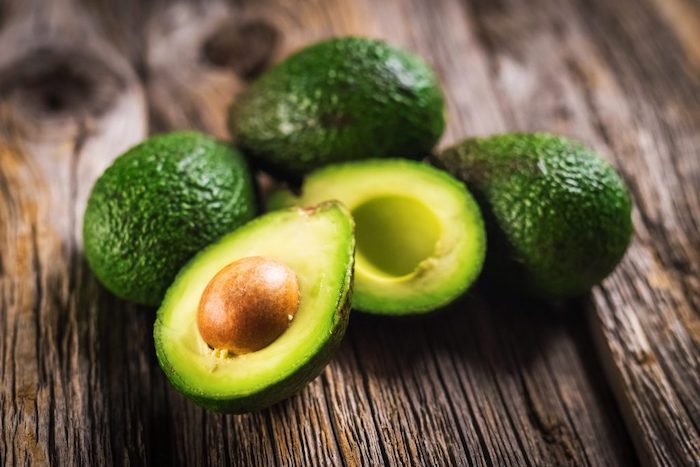Agronometrics in Charts: Peruvian avocados projected to command premiums in the U.S market through June 2024

In this installment of the ‘Agronometrics In Charts’ series, Sarah Ilyas studies the state of Peruvian avocados in the U.S. market. Each week the series looks at a different horticultural commodity, focusing on a specific origin or topic visualizing the market factors that are driving change.
Peruvian avocados have emerged as a significant player in the global market, capitalizing on their unique seasonality for exports, which spans from May to August. This period serves as a crucial complement to the Mexican export season which extends from August to May, thereby providing a substantial window of opportunity for Peruvian avocados. The advantageous timeline has enabled Peru to fulfill market demands when supplies from other major exporters are scarce, particularly in the United States.

Source: USDA Market News via Agronometrics.
(Agronometrics users can view this chart with live updates here)
However, the 2024 Hass Avocado campaign in Peru has faced challenges stemming from adverse weather conditions, notably high temperatures and rainfall. Juan Carlos Paredes Rosales, President of the Association of Hass Avocado Producers of Peru (ProHass), highlighted the impact of these conditions on the country's avocado production.
Under normal circumstances, Peru could have exported up to 700,000 tons of avocados. However, due to lower fruit presence on trees and production of smaller sizes in key regions like Trujillo and Chiclayo, export volumes are expected to decline by 20 to 25%. “This year we should ship about 468,000 tons, which would be a 16% drop compared to last year.
There have been unfavorable weather conditions for the crop. And given that there is no longer any expansion of new areas, weather conditions will impact export figures," says Juan Carlos Paredes.

Source: USDA Market News via Agronometrics.
(Agronometrics users can view this chart with live updates here)
The decrease in supply could potentially lead to a price increase, driven by high consumer demand, similar to what was observed in the blueberry market. Nonetheless, uncertainties remain regarding whether this price surge will sufficiently compensate for the fall in production volume.
To mitigate the effects, efforts are directed towards directing a greater volume of exports to the United States, leveraging the possible decrease in sizes of Mexican avocados, while also targeting European markets where expectations of high prices exist due to lower supply.
Despite the challenges, there are positive indications in certain regions, particularly the Sierra, which boasts a robust campaign with significant weekly exports of Hass avocados. Additionally, the opening of new markets such as Malaysia presents opportunities for expanding Peruvian avocado exports.
Furthermore, there is a concerted effort to deepen penetration in existing markets, notably the United States and Europe, where substantial untapped consumption potential still exists.
In terms of pricing, Peruvian avocado prices in the current season are reported to be 40 to 50% higher than the previous year, reflecting favorable market conditions. Factors contributing to these prices include reduced production in Mexico, smaller fruit sizes from California, and diminished contributions from Chile due to water availability issues. “We expect that until week 25, more or less, prices will be very good, as they are now, ” says Juan Carlos Paredes.

Source: USDA Market News via Agronometrics.
(Agronometrics users can view this chart with live updates here)

Source: USDA Market News via Agronometrics.
(Agronometrics users can view this chart with live updates here)
In addressing challenges for the Peruvian avocado industry in 2024, maintaining quality emerges as a primary focus. This involves ensuring good maturity levels and reducing pest levels that can impact fruit quality in the field. Additionally, sustainability of avocado cultivation is crucial, necessitating responsible use of resources such as water, agrochemicals, and fertilizers. Technological advancements, including sensor-based monitoring and process automation, play a pivotal role in achieving these objectives.
In our ‘In Charts’ series, we work to tell some of the stories that are moving the industry. Feel free to take a look at the other articles by clicking here.
All pricing for domestic US produce represents the spot market at Shipping Point (i.e. packing house/climate controlled warehouse, etc.). For imported fruit, the pricing data represents the spot market at Port of Entry.
You can keep track of the markets daily through Agronometrics, a data visualization tool built to help the industry make sense of the huge amounts of data that professionals need to access to make informed decisions. If you found the information and the charts from this article useful, feel free to visit us at www.agronometrics.com where you can easily access these same graphs, or explore the other 21 commodities we currently track.















































